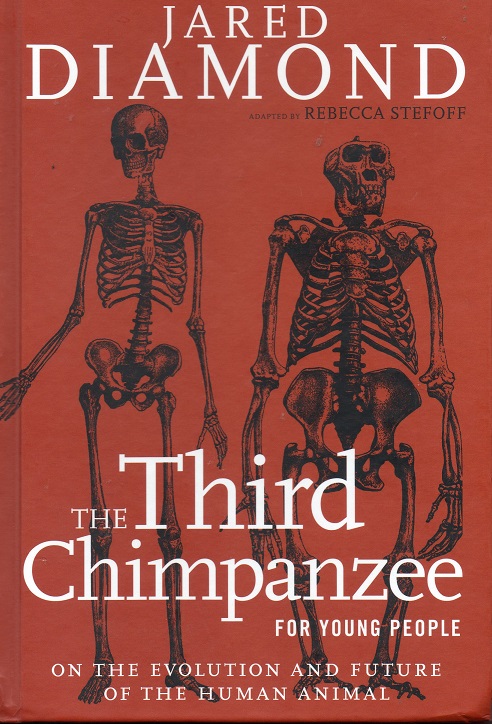


In this sense, we’d be the so-called “less advanced” culture if we met extra-terrestrials. If a geographically remote culture, such as a hunter-gatherer society, meets a larger-scale, agricultural culture, the former suffers most because of lesser disease resistance. He explains that crop growth, domestication of animals, transport, and contact is much easier in temperate, predictable climates. Diamond looks at the climate across the Eurasian continent and how temperate it is compared to the wildly imbalanced conditions of the African and American continents. They also become a larger fighting force and reproduce more frequently. He explains that the Eurasian continent lends itself better to building large, sustainable populations, which in turn, become more resistant to disease. We can rightly be considered a third species of chimpanzee. Diamond reminds us that we should consider this when walking past chimps in zoos-we are their closest genetic relation. We are closer to chimpanzees than they are to gorillas, with the human genome varying by only 1.6 percent. The first considers our relationship with our closest relative, the chimpanzee.

There are broadly five parts to the book. Humanity might be successful, but we are also prone to disaster. Diamond also considers why contact between “unequal” civilizations generally results in genocide. He tries to ascertain why some human groups dominate others and how this might be connected to better local environments, wider disease immunity, and enhanced technology. In The Third Chimpanzee, Diamond explores some fundamental questions. He is also an elected member of the National Academy of Sciences. Diamond is a Pulitzer Prize-winning author and is a professor of geography at UCLA. The Third Chimpanzee received the 1992 Royal Society Science Book Prize and the 1992 Los Angeles Times Book Prize for Science and Technology.

The Third Chimpanzee: The Evolution and Future of the Human Animal (1991), a nonfiction anthropological work by Jared Diamond, explores the origins of human behavior and cultural characteristics which are supposedly unique to humans.


 0 kommentar(er)
0 kommentar(er)
